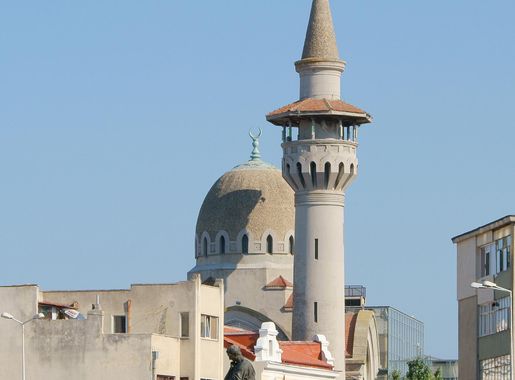
Constanta: The Jewel of the Romanian Coast
Discover Constanta, Romania's historic seaside city, where ancient ruins, vibrant culture, and scenic beaches create an unforgettable travel experience.
Constanta, Romania's oldest continuously inhabited city, offers a unique blend of ancient history, vibrant culture, and scenic coastal beauty. Nestled on the shores of the Black Sea, Constanta boasts a rich tapestry of influences from Greek, Roman, Byzantine, and Ottoman civilizations. This fascinating historical legacy is evident in the city's architecture, museums, and archaeological sites. A must-visit is the stunning Constanta Casino, a symbol of the city's illustrious past. Built in the early 20th century, this Art Nouveau masterpiece stands proudly on the seafront, offering breathtaking views of the Black Sea. Nearby, the Genovese Lighthouse and the Great Mahmudiye Mosque are other highlights that reflect the city's diverse cultural heritage. For those seeking relaxation, Constanta's beaches are perfect for sunbathing and swimming. Mamaia, the city's most famous beach resort, is lively during the summer months, with a range of activities and entertainment options. Beyond the sands, the city offers a vibrant nightlife with numerous bars, restaurants, and clubs to explore. History enthusiasts will find solace in the National History and Archaeology Museum, home to an extensive collection of artifacts from ancient Tomis, the city's original name. The Roman Mosaic Edifice and the ancient ruins sprinkled throughout the city offer glimpses into Constanta's storied past. Whether you're an avid historian, a beach lover, or a casual traveler, Constanta has something to captivate every visitor.
Local tips in Constanta
- Visit the Constanta Casino early in the morning to avoid crowds and enjoy the stunning sunrise views.
- If visiting in summer, book your accommodation in advance as Mamaia Beach gets very busy.
- Explore the local markets for fresh seafood and authentic Romanian delicacies.
- Dress modestly when visiting religious sites like the Great Mahmudiye Mosque.
- Consider taking a guided walking tour to fully appreciate the rich history of the city.
- Use public transportation or rent a bike to explore Constanta and its surroundings efficiently.
Constanta: The Jewel of the Romanian Coast
Constanta, Romania's oldest continuously inhabited city, offers a unique blend of ancient history, vibrant culture, and scenic coastal beauty. Nestled on the shores of the Black Sea, Constanta boasts a rich tapestry of influences from Greek, Roman, Byzantine, and Ottoman civilizations. This fascinating historical legacy is evident in the city's architecture, museums, and archaeological sites. A must-visit is the stunning Constanta Casino, a symbol of the city's illustrious past. Built in the early 20th century, this Art Nouveau masterpiece stands proudly on the seafront, offering breathtaking views of the Black Sea. Nearby, the Genovese Lighthouse and the Great Mahmudiye Mosque are other highlights that reflect the city's diverse cultural heritage. For those seeking relaxation, Constanta's beaches are perfect for sunbathing and swimming. Mamaia, the city's most famous beach resort, is lively during the summer months, with a range of activities and entertainment options. Beyond the sands, the city offers a vibrant nightlife with numerous bars, restaurants, and clubs to explore. History enthusiasts will find solace in the National History and Archaeology Museum, home to an extensive collection of artifacts from ancient Tomis, the city's original name. The Roman Mosaic Edifice and the ancient ruins sprinkled throughout the city offer glimpses into Constanta's storied past. Whether you're an avid historian, a beach lover, or a casual traveler, Constanta has something to captivate every visitor.
When is the best time to go to Constanta?
Iconic landmarks you can’t miss
The Dolphinarium of Constanța
Discover the magic of marine life at The Dolphinarium of Constanța, where dolphins dance and education comes alive in a stunning coastal setting.
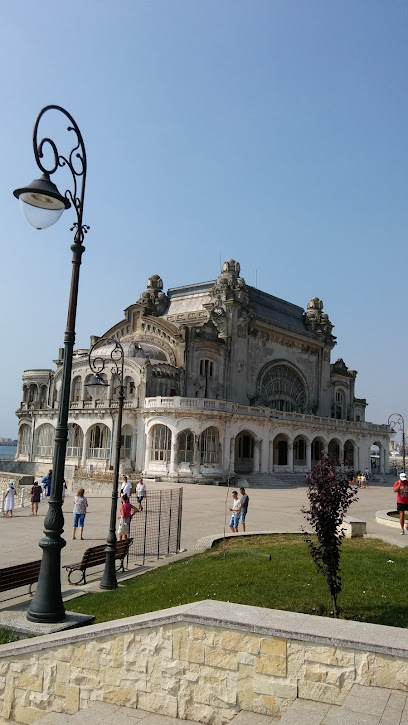
The Touristic Port
Experience the vibrant atmosphere and rich history at the Touristic Port of Constanța, where maritime charm meets cultural delights.
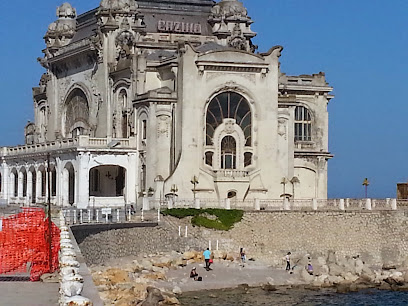
The Casino's Promenade
Explore the stunning Casino's Promenade in Constanța, where history, culture, and breathtaking seaside views come together to create unforgettable memories.
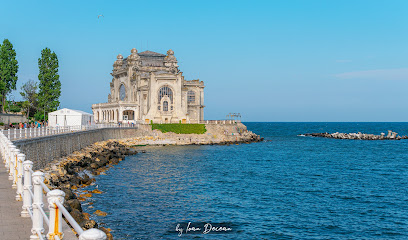
Luna Park
Experience the thrill of rides, games, and seaside beauty at Luna Park in Constanța, an amusement park perfect for family fun and adventure.
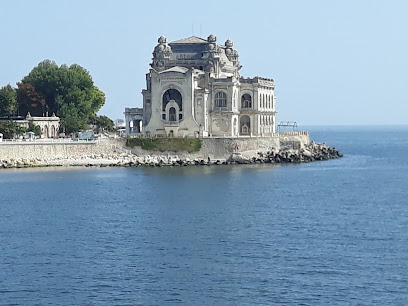
The Casino of Constanța
Discover the enchanting history and stunning architecture of the Casino of Constanța, an iconic landmark along the Black Sea coast.
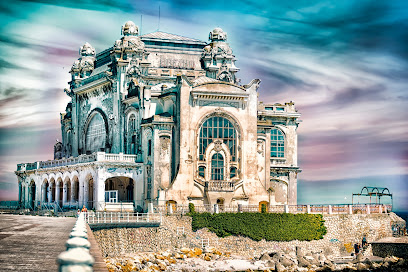
Aqua Magic Mamaia
Dive into fun at Aqua Magic Mamaia, Romania's ultimate water park featuring thrilling slides, relaxing pools, and family-friendly attractions.
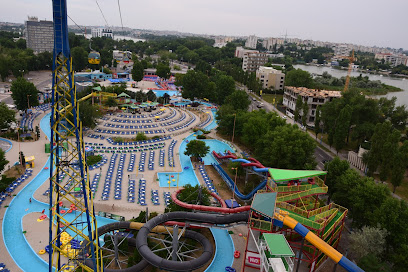
Acvariul din Constanța
Explore the aquatic wonders of Acvariul din Constanța, Romania's premier aquarium, showcasing diverse marine life and promoting ocean conservation.
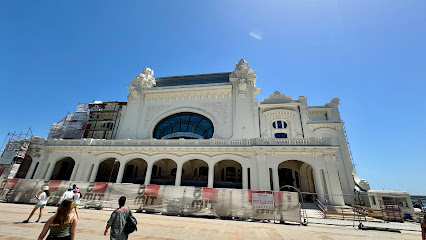
Ovidius Square
Discover the charm of Ovidius Square, a historical landmark in Constanța where culture, architecture, and local life converge beautifully.
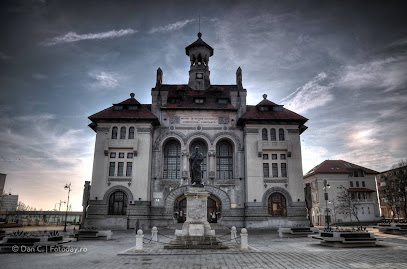
Ovid Square
Explore Ovid Square in Constanța, Romania, a historical landmark rich in culture, stunning architecture, and vibrant local life, perfect for every traveler.
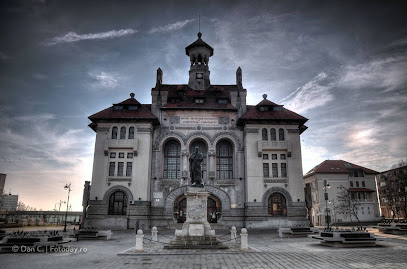
Museum of National History and Archeology
Explore Romania's rich heritage at the Museum of National History and Archeology in Constanța, a treasure trove of historical artifacts and cultural insights.
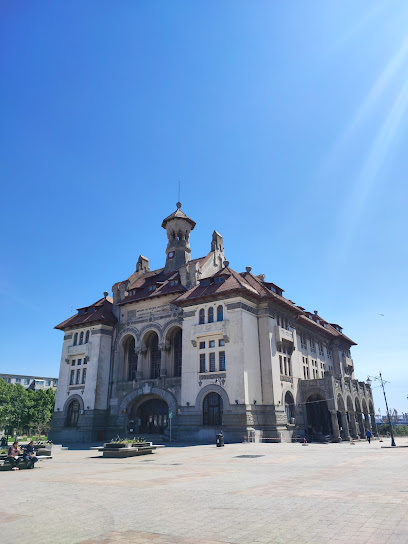
The Museum of Romanian Navy
Discover Romania's rich maritime history at the Museum of Romanian Navy in Constanța, where captivating exhibits await to tell the tales of the Black Sea.
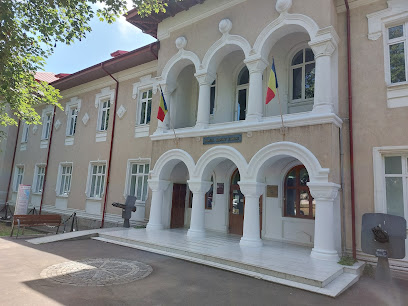
The Great Mosque of Constanța
Explore the Great Mosque of Constanța, Romania's largest mosque, a stunning blend of architectural styles and a key cultural landmark.

The State Theater in Constanța
Discover the cultural heartbeat of Constanța at the historic State Theater, where captivating performances come to life in a stunning architectural setting.
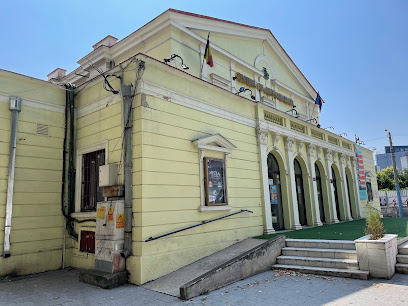
Game World City Park Mall Constanța
Dive into the thrilling world of gaming at Game World City Park Mall Constanța, where excitement and entertainment await every visitor.
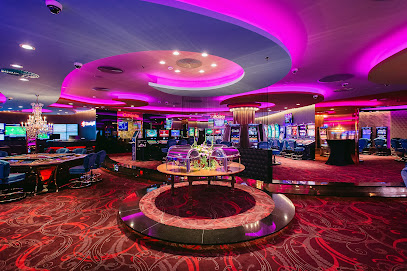
Victory Monument
Explore the iconic Victory Monument in Constanța, a stunning tribute to history set within a tranquil park, perfect for reflection and relaxation.
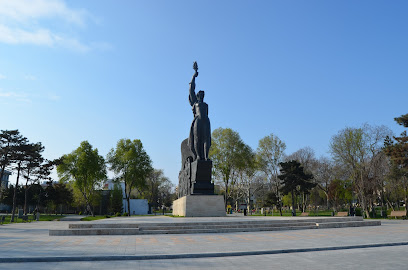
Unmissable attractions to see
The Touristic Port
Experience the vibrant maritime culture of Constanța, Romania's largest port, where history meets stunning coastal views and fresh seafood delights.
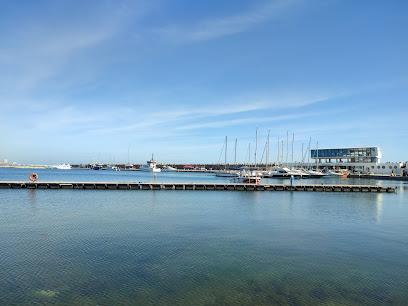
Luna Park
Discover the thrill of Luna Park in Constanța, Romania - a vibrant amusement park filled with fun rides, games, and unforgettable experiences for all ages.
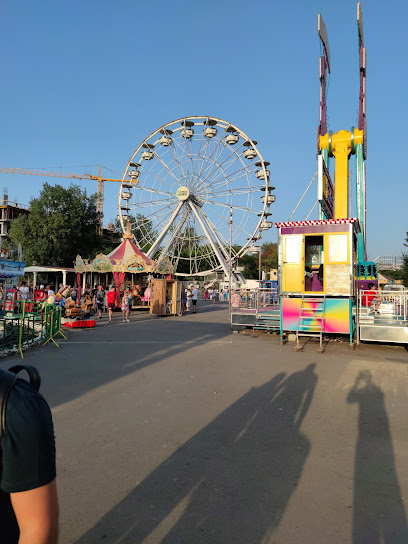
The Casino of Constanța
Explore the grandeur of The Casino of Constanța, a historical landmark offering stunning architecture and captivating views of the Black Sea.
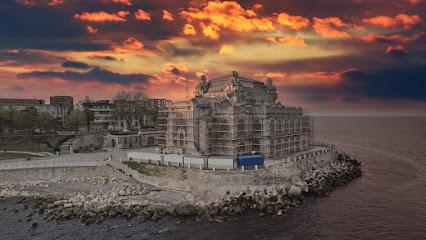
Aqua Magic Mamaia
Experience the ultimate water adventure at Aqua Magic Mamaia, Romania's premier water park with thrilling slides and relaxing pools for all ages.
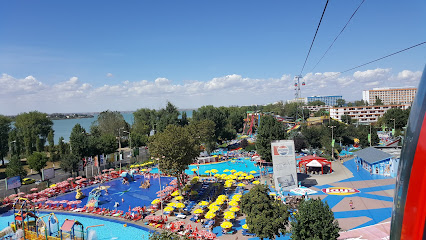
Acvariul din Constanța
Discover the captivating marine life at the Constanța Aquarium, a thrilling destination for families and marine enthusiasts in Romania.
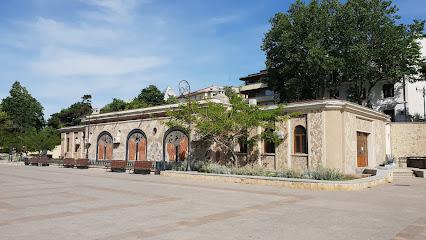
Museum of National History and Archaeology
Explore Romania’s history at the Museum of National History and Archaeology in Constanța, where ancient artifacts and culture come to life.

Parcul Gării
Explore the tranquil beauty of Parcul Gării, a lush park in Constanța featuring a stunning kinetic fountain and family-friendly activities.
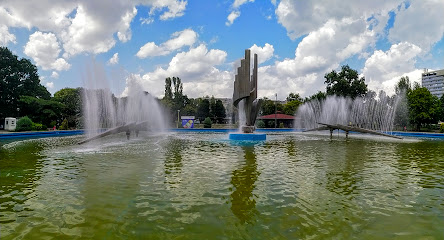
The Museum of Romanian Navy
Uncover the rich maritime history at the Museum of Romanian Navy in Constanța, a treasure trove of naval artifacts and engaging exhibits.
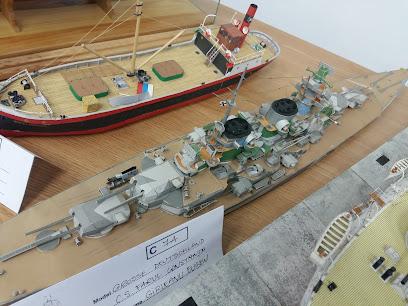
The Museum of Romanian Navy
Explore Romania's maritime legacy at The Museum of Romanian Navy, where history meets the beauty of the Black Sea.
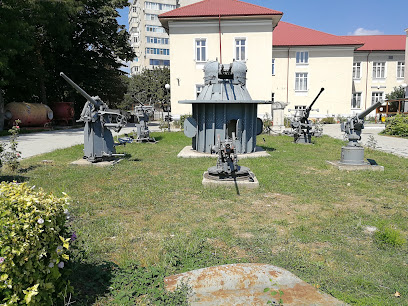
Saints Peter and Paul Cathedral
Explore the architectural beauty and serene atmosphere of Saints Peter and Paul Cathedral, a must-visit Orthodox church in Constanța, Romania.
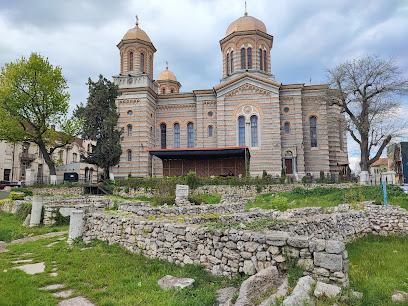
The Great Mosque of Constanța
Discover the Great Mosque of Constanța, a stunning architectural marvel blending history and spirituality in Romania's coastal gem.
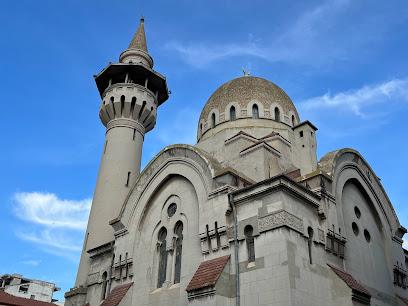
Park House of Culture
Discover tranquility and cultural richness at Constanța's Park House of Culture, a perfect spot for relaxation and local experiences.
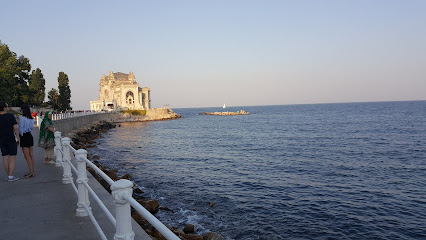
The Microreservation in Constanța
Discover the enchanting Microreservation in Constanța, where nature and wildlife come together in a tranquil escape for all ages.
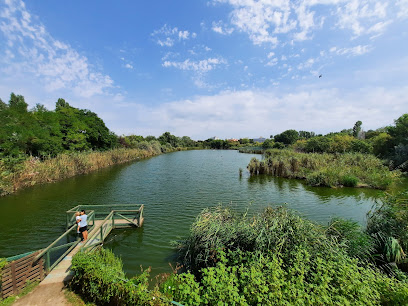
Pasarela Iaht Sat-Vacanța
Experience the vibrant beauty of Pasarela Iaht in Mamaia, where stunning views meet lively culture and exquisite dining.
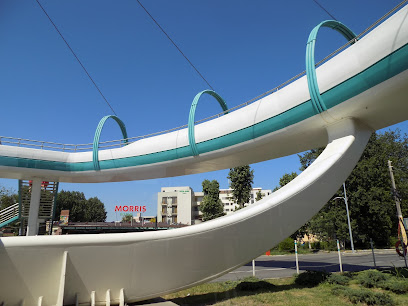
Gravity Park
Explore the thrills of Gravity Park in Constanța, a sports complex offering exhilarating activities for all ages in a beautiful setting.
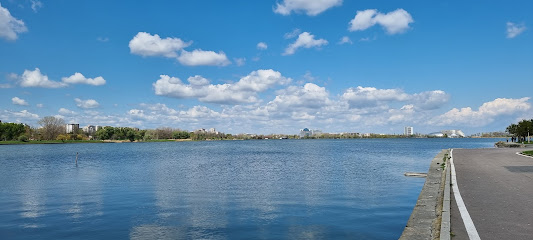
Essential places to dine
La Scoica
Discover La Scoica in Constanța: A culinary haven offering fresh seafood and traditional Romanian cuisine in an inviting atmosphere.

Nikos
Experience authentic Greek cuisine in Constanța at Nikos – where every dish tells a story!
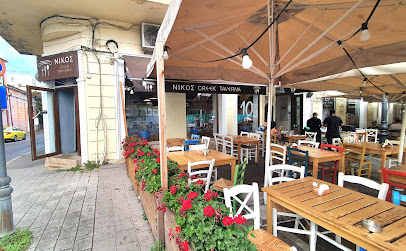
Reyna Restaurant
Discover the flavors of Romania at Reyna Restaurant in Constanța—where tradition meets modern culinary excellence.
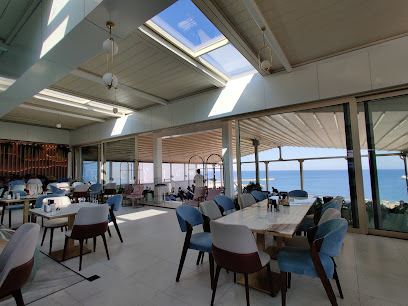
Restaurant Konak
Experience authentic Turkish cuisine at Restaurant Konak in Constanța - where every dish tells a story of tradition and flavor.
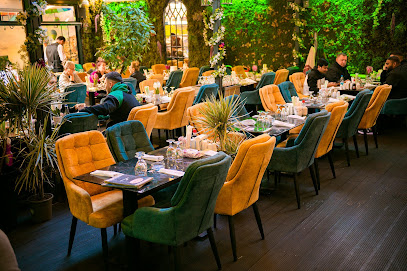
Irish Pub
Experience authentic Irish culture at the heart of Constanța with delicious food, live music, and a vibrant atmosphere.
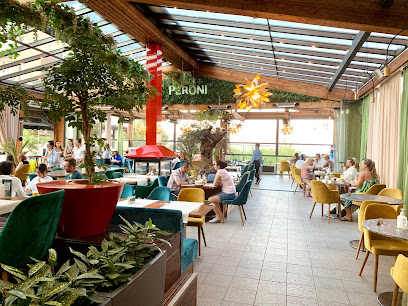
Marco Polo
Experience authentic Italian cuisine at Marco Polo in Constanța - where every dish tells a story of Italy's rich culinary heritage.
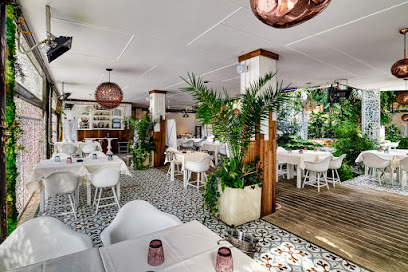
Bacaro
Experience exquisite dining at Bacaro in Constanța - where culinary artistry meets breathtaking seaside views.
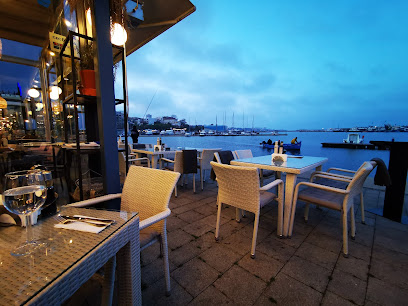
Pizzico Restaurant
Experience authentic Romanian flavors at Pizzico Restaurant in Constanța - where tradition meets modern culinary art.
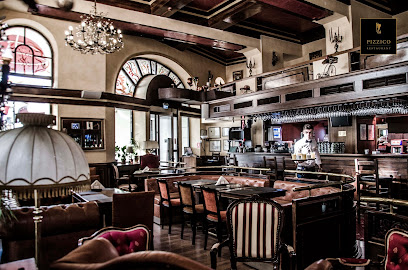
Nikos Greek Taverna Cazino Mamaia
Experience authentic Greek cuisine at Nikos Greek Taverna in Mamaia - a must-visit destination for food lovers seeking delightful flavors.
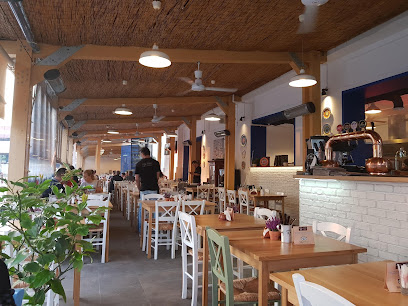
The View
Discover culinary excellence at The View in Constanța – where every meal comes with breathtaking scenery.
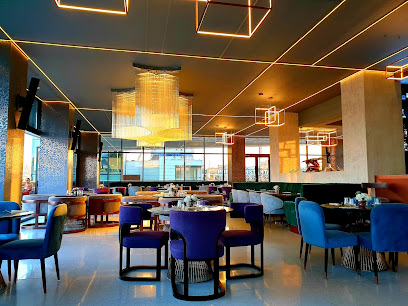
Toscana Restaurant
Experience the essence of Italy at Toscana Restaurant in Constanța – where exquisite flavors meet enchanting garden views.
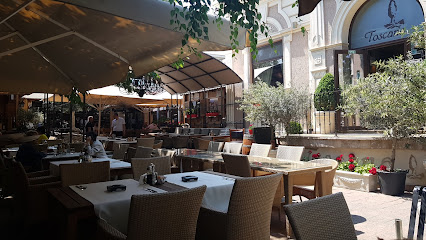
Terasa Andreea
Experience exquisite local cuisine with breathtaking sea views at Terasa Andreea in Constanța.
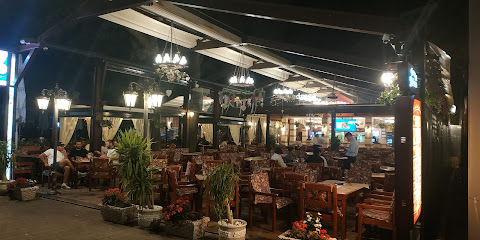
Restaurant On Plonge Jr.
Experience exquisite Romanian cuisine at Restaurant On Plonge Jr., where culinary artistry meets warm hospitality in Constanța's vibrant Mamaia district.
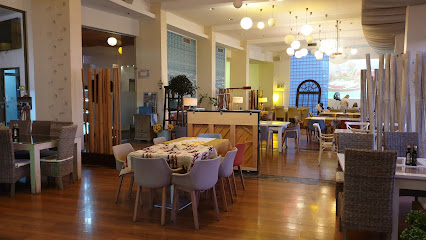
Reyna
Experience the culinary delights of Reyna in Constanța – where local flavors meet international cuisine in a warm atmosphere.
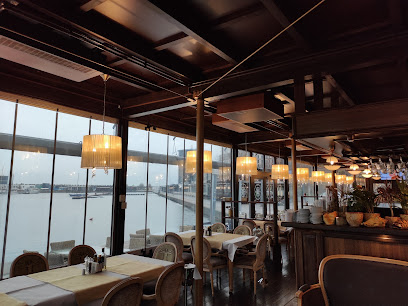
Suada
Indulge in fresh seafood and authentic Romanian cuisine with stunning port views at Suada Restaurant in Constanța.
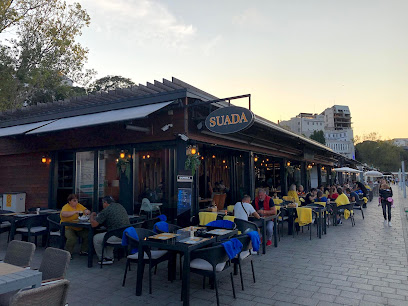
Markets, malls and hidden boutiques
City Park Mall
Explore City Park Mall, Constanța's vibrant shopping hub with a diverse range of stores, dining options, and entertainment for all ages.
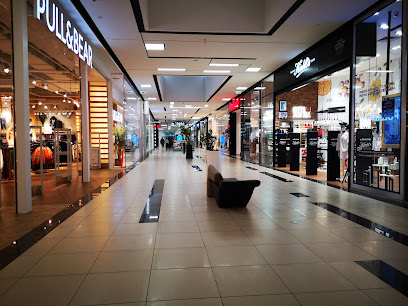
VIVO! Constanța
Discover VIVO! Constanța, a shopping paradise where global brands meet local charm, offering dining and entertainment for every visitor.
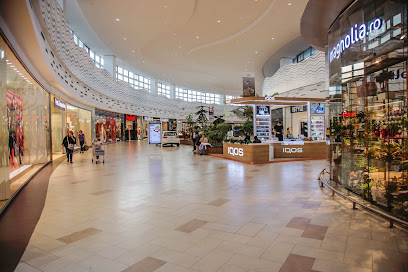
Tomis Mall
Discover the ultimate shopping and entertainment experience at Tomis Mall, where fashion, dining, and fun come together in Constanța.
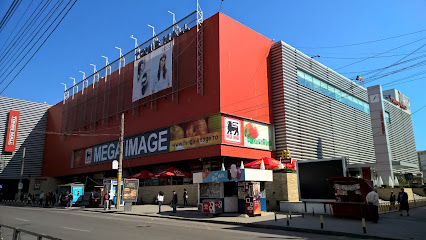
eMAG
Discover the ultimate electronics shopping experience at eMAG in Constanța, offering a wide range of gadgets and appliances for every need.

Travel FREE Shop Constanţa
Discover unbeatable deals and a delightful shopping experience at Travel FREE Shop in Constanţa, where every visit promises great finds.

China Mall
Explore China Mall in Constanța: A vibrant shopping and dining experience showcasing a blend of Chinese culture and local flavors.
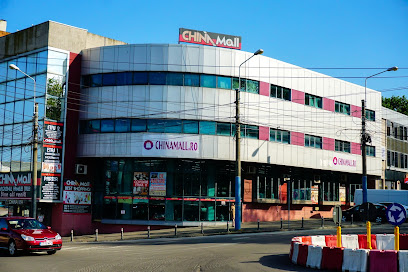
BOTANICA
Experience the vibrant atmosphere of Botanica, a cocktail bar and coffee shop in Constanța, offering exquisite drinks and a lively ambiance.
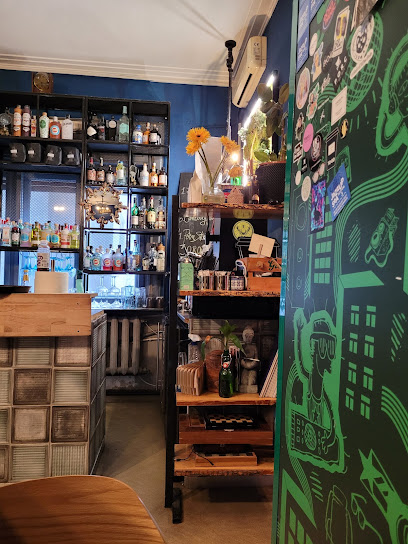
China Universal Shop
Explore a vibrant collection of authentic Chinese products at China Universal Shop in Constanța, a cultural shopping experience not to be missed.
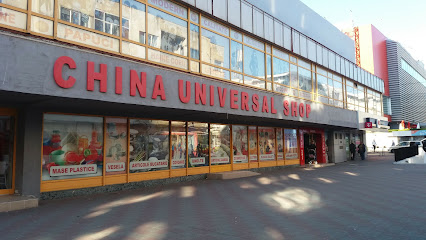
Prăvălia cu Cărți Book Store
Discover a literary paradise at Prăvălia cu Cărți, where every book is a new adventure waiting to unfold in Constanța.

City Park Management S.R.L.
Discover the latest trends in fashion at City Park Management S.R.L., Constanța's premier clothing store for men and women.
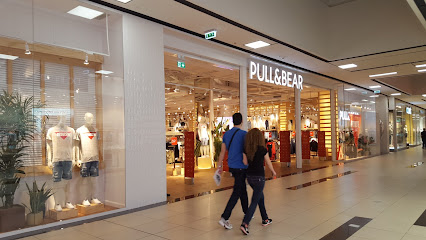
Liquor Store
Explore Constanța's finest liquor store, featuring an extensive selection of local wines, craft beers, and premium spirits for every taste and occasion.

M&C Musical Instruments Constanta
Discover a world of melodies at M&C Musical Instruments in Constanța, your go-to store for all things musical.

Simplestore
Explore Simplestore in Constanța for a unique selection of exquisite perfumes that capture the essence of luxury and craftsmanship.
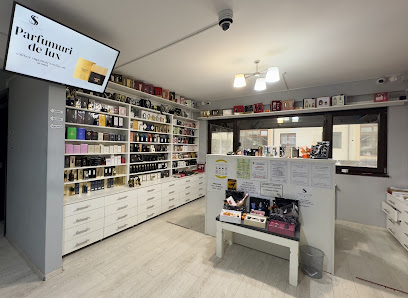
Pictus
Explore Pictus in Constanța: Your ultimate destination for hobby supplies, creativity, and community engagement.
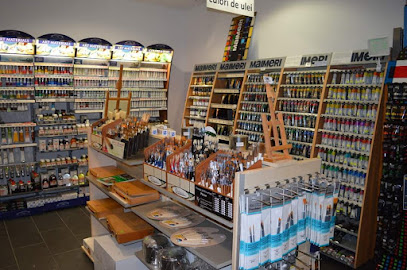
Nike Store
Discover top-notch athletic gear at the Nike Store in Constanța, your go-to destination for style and performance in sportswear.
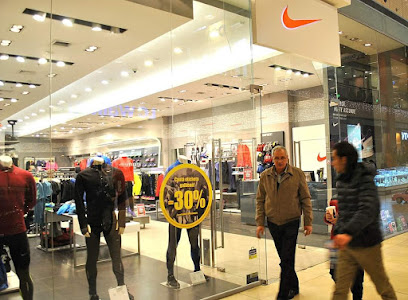
Essential bars & hidden hideouts
Irish Pub
Discover the essence of Ireland at the heart of Constanța with authentic dishes, drinks, and a vibrant atmosphere.
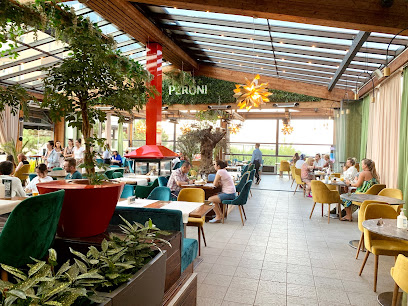
Doors Club
Discover the vibrant nightlife at Doors Club in Constanța – a perfect blend of dining, dancing, and entertainment for every traveler.
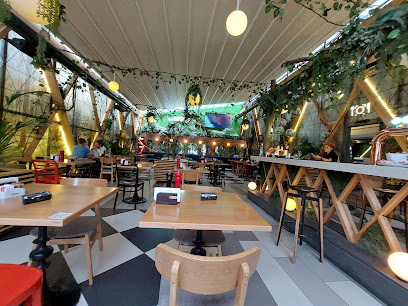
London Pub
Discover the vibrant atmosphere of London Pub, a premier gastropub in Constanța, blending local flavors with international cuisine for an unforgettable experience.
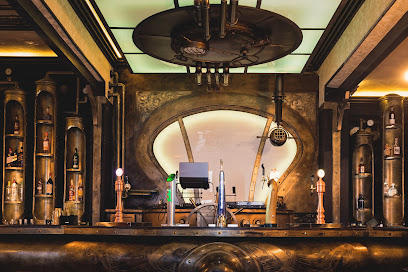
Tomis Pub
Discover the lively Tomis Pub in Constanța, where delightful bistro cuisine meets a vibrant pub atmosphere for an unforgettable experience.
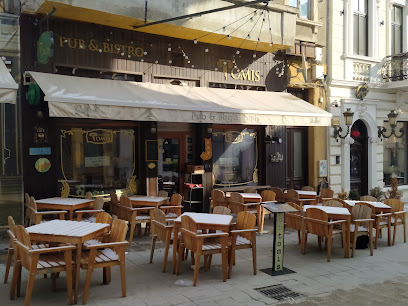
The Couch Bistro Pub
Experience a delightful fusion of flavors and vibrant nightlife at The Couch Bistro Pub, the perfect retreat in Mamaia for tourists and locals alike.
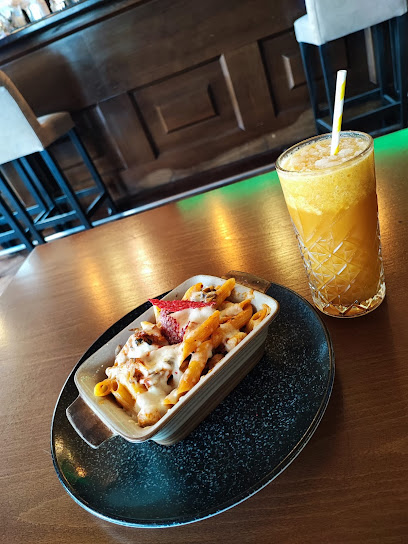
Zig Zag Pub
Experience the vibrant atmosphere and delicious brunch at Zig Zag Pub in Constanța, the perfect spot for relaxation and local flavors.
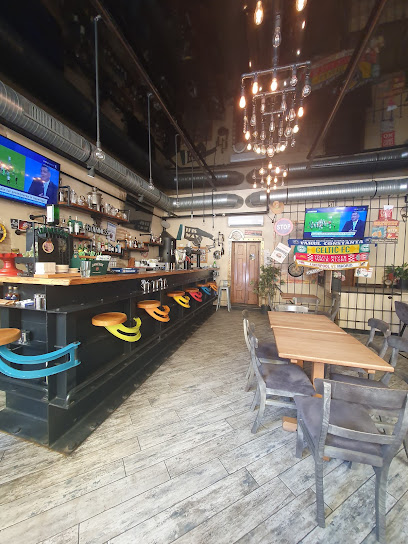
Barissimo
Explore Barissimo in Constanța for a perfect blend of traditional and modern Romanian cuisine in a vibrant gastropub atmosphere.
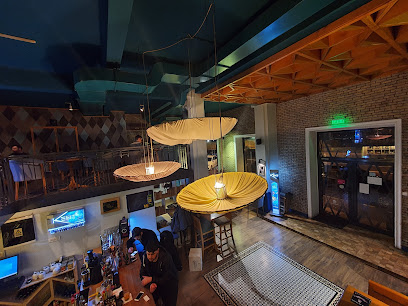
IQ PUB
Discover the lively ambiance of IQ PUB in Constanța, a perfect blend of local culture and vibrant nightlife.
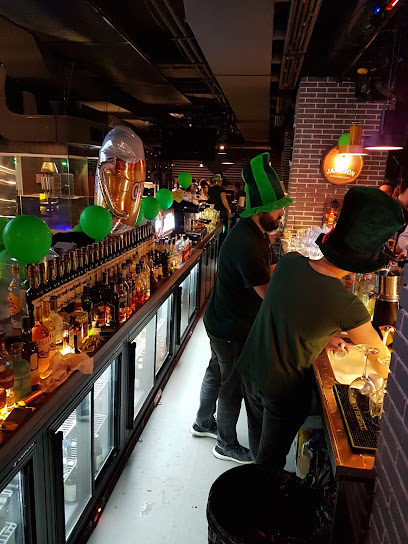
The Library
Discover Constanța's vibrant pub culture at The Library, a cozy and charming spot for drinks and relaxation.
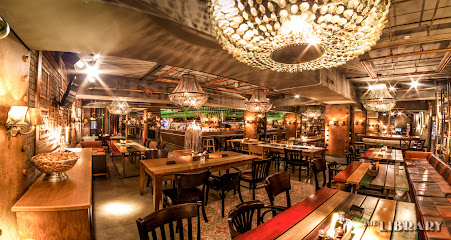
Vintage Pub Constanta
Discover the vibrant atmosphere of Vintage Pub Constanta, where traditional Romanian flavors meet a modern pub experience in the heart of the city.

Green Pub Constanța
Discover the lively Green Pub Constanța, where local cuisine meets a vibrant atmosphere in the heart of Romania's coastal gem.
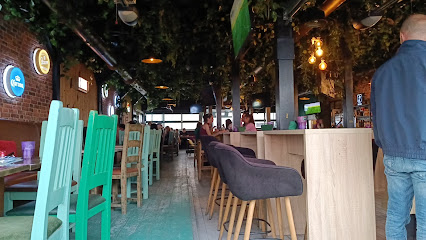
Local House Constanta
Experience the vibrant atmosphere and delicious flavors at Local House Constanta, where local culture meets culinary delight.
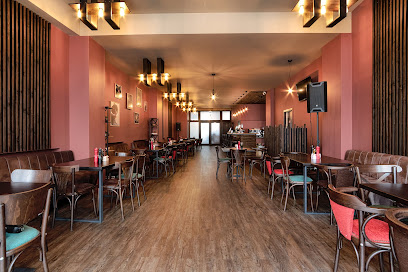
GRIFFIN PUB
Experience the vibrant atmosphere of Griffin Pub in Constanța, a local favorite for drinks, food, and great company in the heart of the city.
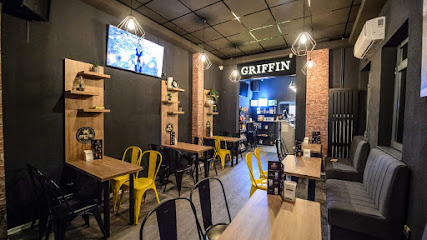
CORNER Pub constanta
Discover the vibrant ambiance and local flavors at CORNER Pub in Constanța, the perfect place for relaxation and socializing.
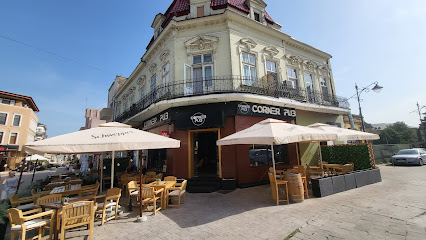
SKY CAFE
Experience breathtaking views and vibrant nightlife at Sky Cafe, the premier rooftop bar in Constanța offering delightful cocktails and a unique ambiance.
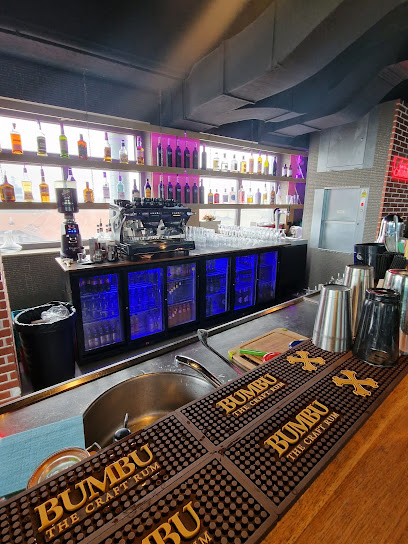
Local Phrases
-
- HelloSalut
[saˈlut] - GoodbyeLa revedere
[la re.veˈde.re] - YesDa
[da] - NoNu
[nu] - Please/You're welcomeTe rog
[te rog] - Thank youMulțumesc
[mul.ˈt͡su.mesk] - Excuse me/SorryScuzați-mă
[sku.zaʦi.mə] - How are you?Ce faci?
[ke ˈfaʧʲ] - Fine. And you?Bine. Și tu?
[ˈbi.ne ʃʲ ˈtu] - Do you speak English?Vorbiți engleză?
[vorˈbit͡s‿enˈgle.zə] - I don't understandNu înțeleg
[nu ɨn.ˈt͡se.leɡ]
- HelloSalut
-
- I'd like to see the menu, pleaseAș dori să văd meniul, vă rog
[aʃ do.ˈri sə vad meˈni.ul və rog] - I don't eat meatNu mănânc carne
[nu ˈmɨ.nɨŋk ˈkar.ne] - Cheers!Noroc!
[ˈno.rok] - I would like to pay, pleaseAș dori să plătesc, vă rog
[aʃ do.ˈri sə pləˈtesk və rog]
- I'd like to see the menu, pleaseAș dori să văd meniul, vă rog
-
- Help!Ajutor!
[a.ʒuˈtor] - Go away!Du-te!
[du.te] - Call the Police!Sunați poliția!
[su.ˈnat͡s poˈlit͡si.a] - Call a doctor!Sunați un doctor!
[su.ˈnat͡s un dokˈtor] - I'm lostM-am pierdut
[mam ˈpjer.dut] - I'm illSunt bolnav
[sunt bolˈnav]
- Help!Ajutor!
-
- I'd like to buy...Aș dori să cumpăr...
[aʃ do.ˈri sə kumˈpər] - I'm just lookingDoar mă uit
[do.ar mə uit] - How much is it?Cât costă?
[kɨt kosˈtə] - That's too expensiveEste prea scump
[ˈes.te pre.a skump] - Can you lower the price?Puteți să scădeți prețul?
[puˈteʦ sə ˈskə.deʦi pret͡sul]
- I'd like to buy...Aș dori să cumpăr...
-
- What time is it?Cât este ora?
[kɨt ˈes.te o.ra] - It's one o'clockEste ora unu
[ˈes.te o.ra unu] - Half past (10)Jumătate (la zece)
[ʒu.məˈta.te la ˈze.ʧe] - MorningDimineața
[di.miˈne̯at͡sa] - AfternoonDupă-amiază
[du.pə‿a.mjat͡sə] - EveningSeara
[se.ˈa.ra] - YesterdayIeri
[ˈjerʲ] - TodayAstăzi
[as.təz] - TomorrowMâine
[mɨˈne] - 1Unu
[ˈun.u] - 2Doi
[doj] - 3Trei
[trej] - 4Patru
[ˈpa.tru] - 5Cinci
[ˈʧinʧʲ] - 6Șase
[ʃaʃe] - 7Șapte
[ʃap.te] - 8Opt
[opt] - 9Nouă
[no.wə] - 10Zece
[ˈze.ʧe]
- What time is it?Cât este ora?
-
- Where's a/the...?Unde este unul/o...
[un.de es.te u.nul/o] - What's the address?Care este adresa?
[ka.re es.te aˈdresə] - Can you show me (on the map)?Puteți să-mi arătați (pe hartă)?
[puˈteʦ sə mi aˈrə.taʦi pe harˈtə] - When's the next (bus)?Când este următorul (autobuz)?
[kɨnd es.te urˈmə.to.rul (au.to.buz)] - A ticket (to ....)Un bilet (spre ....)
[un biˈlet spre]
- Where's a/the...?Unde este unul/o...
History of Constanta
-
Constanta, originally known as Tomis, was founded around 600 BC by Greek colonists from Miletus. The city quickly became a significant trading hub due to its strategic location on the Black Sea, facilitating the exchange of goods between Greek and local Thracian populations. Tomis is also historically notable for being the place of exile for the Roman poet Ovid, who wrote some of his most famous works, including 'Tristia' and 'Epistulae ex Ponto,' while in banishment here.
-
In 29 BC, Tomis was conquered by the Roman Empire and integrated into the province of Moesia. Under Roman rule, the city flourished, receiving numerous public buildings, baths, and an amphitheater. Early Christianity made its mark on the city during this time, with archaeological evidence showing the presence of early Christian communities and churches.
-
Following the decline of the Roman Empire, Tomis came under Byzantine rule and was renamed Constantiana in honor of the Roman Emperor Constantine the Great. During the medieval period, the city endured numerous invasions and occupations by various groups, including the Huns, Avars, and Bulgarians. Despite these challenges, Constanta remained a vital port and trading center in the Black Sea region.
-
In the 15th century, Constanta fell to the Ottoman Empire and became known as Köstence. Under Ottoman rule, the city experienced a period of relative stability and economic growth. The Ottomans introduced new architectural styles and cultural influences, which can still be seen in some of the city's historic buildings and landmarks.
-
Constanta was incorporated into the Kingdom of Romania in 1878 following the Russo-Turkish War. During the late 19th and early 20th centuries, the city underwent significant modernization, including the construction of the iconic Constanta Casino, the expansion of the port, and the establishment of institutions such as the Natural Sciences Museum Complex and the Romanian Navy Museum.
-
The 20th century brought both hardship and progress to Constanta. During World War II, the city was heavily bombed, and many of its historic buildings were damaged or destroyed. However, the post-war period saw extensive reconstruction and development. Constanta became a key industrial and commercial center, with significant investments in infrastructure, tourism, and cultural preservation.
-
Constanta's rich cultural heritage is a testament to its diverse history. The city is home to numerous ethnic communities, including Romanians, Turks, Tatars, Greeks, and Armenians. This multiculturalism is reflected in the city's cuisine, festivals, religious sites, and everyday life, making Constanta a vibrant and dynamic place to visit.
Constanta Essentials
-
Constanta is accessible by several means of transportation. The nearest international airport is Mihail Kogălniceanu International Airport, located about 25 kilometers north of the city. From the airport, you can take a taxi, a shuttle bus, or rent a car to reach the city center. Alternatively, Constanta is well-connected by train and bus services from major cities in Romania, including Bucharest, which is about 225 kilometers away. The train journey from Bucharest to Constanta takes approximately 2-3 hours.
-
Constanta has a reliable public transportation system that includes buses and minibuses (maxi-taxi). Tickets can be purchased from kiosks or directly from the driver. Taxis and ride-sharing services like Uber are also available and are relatively inexpensive. For those preferring to explore at their own pace, renting a car is a viable option. Biking is another popular way to get around, especially during the warmer months.
-
The official currency in Romania is the Romanian Leu (RON). Credit and debit cards are widely accepted in hotels, restaurants, and larger stores. However, it is advisable to carry some cash for smaller establishments and markets. ATMs are plentiful throughout Constanta, and you can exchange foreign currency at banks and exchange offices.
-
Constanta is generally a safe city for tourists. However, like any urban area, it is important to stay vigilant. Petty crimes such as pickpocketing can occur, especially in crowded places like markets and public transportation. Areas such as the old town and the seafront are generally safe, but it is wise to avoid poorly lit areas at night. Always keep an eye on your belongings and be cautious when withdrawing money from ATMs.
-
In case of emergency, dial 112 for immediate assistance from police, medical services, or fire brigade. Constanta has several hospitals and clinics where you can receive medical attention. It is recommended to have travel insurance that covers medical emergencies. Pharmacies are common and offer a range of over-the-counter medications for minor health issues.
-
Fashion: Do dress modestly, especially when visiting religious sites. Casual wear is acceptable in most places, but avoid overly revealing clothing. Religion: Do respect local customs; when visiting churches, dress conservatively and keep noise to a minimum. Public Transport: Do offer your seat to elderly passengers and avoid eating or drinking on public transport. Greetings: Do greet people with a handshake and maintain eye contact. A friendly 'Bună ziua' (Good day) is well-received. Eating & Drinking: Do try local dishes and specialties. Romanian hospitality is warm, and refusing food or drink can be considered impolite.
-
To experience Constanta like a local, visit the local markets such as the Obor Market, where you can buy fresh produce and traditional Romanian goods. Spend time at the beautiful beaches along the Black Sea coast and join locals for an evening stroll on the promenade. Don't miss the opportunity to explore the historic old town and the iconic Constanta Casino. Engaging with locals can provide unique insights into the city's rich history and culture.
Trending Landmark in Constanta
-
The Dolphinarium of Constanța
-
The Touristic Port
-
The Casino's Promenade
-
Luna Park
-
The Casino of Constanța
-
Aqua Magic Mamaia
-
Acvariul din Constanța
-
Ovidius Square
-
Ovid Square
-
Museum of National History and Archeology
-
The Museum of Romanian Navy
-
The Great Mosque of Constanța
-
The State Theater in Constanța
-
Game World City Park Mall Constanța
-
Victory Monument
Nearby Cities to Constanta
-
Things To Do in Varna
-
Things To Do in Shumen
-
Things To Do in Focsani
-
Things To Do in Bucharest
-
Things To Do in Burgas
-
Things To Do in Ruse
-
Things To Do in Brasov
-
Things To Do in Gabrovo
-
Things To Do in Tiraspol
-
Things To Do in Pitesti
-
Things To Do in Stara Zagora
-
Things To Do in Chișinău
-
Things To Do in Pleven
-
Things To Do in Iasi
-
Things To Do in Istanbul




